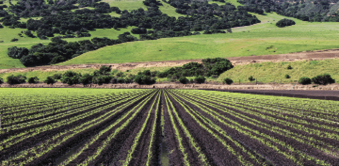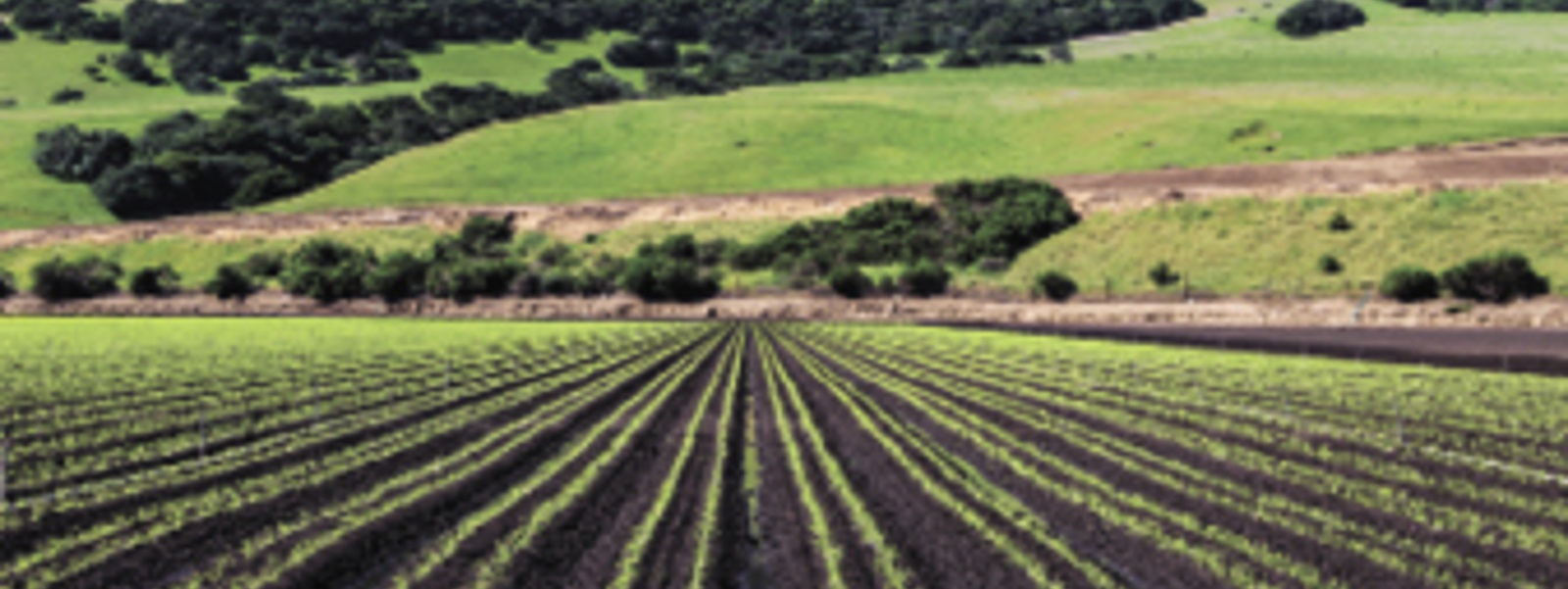Commentary: Intensive agriculture evolves in world's Salad Bowl

Monterey County commercial farms such as this continue to adapt and innovate to enhance food production with improved soil health, irrigation efficiency and new products for consumers.


By Norm Groot
The Salinas Valley is known as the Salad Bowl of the World—mainly because we produce much of the fresh produce that Americans and many others around the globe put on their dinner tables each night. These days, healthy diets may inevitably include fresh veggies, leafy greens and berries produced nearly year-round in Monterey County.
Farming in Monterey County has evolved considerably from the days of the rancho haciendas. What we produce here barely compares with where commercial farming started more than 150 years ago with grain crops and then sugar beets.
That’s because our farmers and ranchers know how to adapt. The crop selections here have undergone constant evolution, changing with new agronomics and varying market conditions. Monterey County Farm Bureau is proud to have played a part in this adaptive change over the last 105 years.
Improved irrigation technologies and infrastructure and better agronomics for producing quick-turn crops such as lettuce, broccoli and spinach have driven that change. Advances in vineyard production technology have yielded better winegrapes while using fewer resources such as water.
We are similarly known for our outstanding berry production fields and the bounty of strawberries produced locally each year. We have also taken food-safety practices to a higher level, ensuring a safe, fresh food supply.
All this change requires innovation on the part of our farmers and ranchers, as well as those who support us with research and field trials. Yes, that’s a shout-out to our excellent farm advisors at the University of California Cooperative Extension.
We are constantly moving forward with sustainable farming practices that profoundly improve our efficiency and yield. We care for the resources in our working environment. And now, innovation is taking many of our farms into regenerative practices that seek to take improvements in food production to the next level.
We call this our brand of intensive agriculture because we can produce nearly year-round with the resources of soil, water and climate that make the Central Coast a high-value, food-production region.
We harvest almost continuously due to crop rotations and market-supply demands. It takes a lot of hands to harvest those fresh-food items simply because it is difficult to develop robotic harvesting tools that replace skilled hand-eye coordination. Farmworkers are treated with dignity and respect in the workplace because their employers care for their well-being. Many farm employees earn well above the minimum wage, in tune with their valued skills and endurance in physical labor situations.
We are fortunate to have numerous startup companies providing leading-edge technologies and equipment to further advancements in farming. Production agriculture—indeed, our intensive agriculture—is attracting significant innovations to provide better crop yields, improve soil health and irrigation efficiency, and ease the burden of hand labor. Innovation will eventually figure out how to harvest a strawberry, an artichoke and a head of lettuce using robotics.
Another example of resource management that is hardly recognized is the increase in our local crop yields by 45% in the past 25 years while using almost 20% less irrigation water. This has been accomplished through a will to improve efficiency and development of technologies such as microirrigation and fertigation. Farmers look at this as their investment in the future in that it allows them to use the same resources each year for outstanding crop production yields.
Continual improvement is also driven by market forces, and ultimately, by the consumer. Innovation has led to more value-added products such as bagged leafy greens, providing convenience for those of us with busy lives. Add in veggie trays and complete salads with proteins, and the consumer benefits from the innovation provided by intensive agriculture in the Salinas Valley. Not a week seems to go by without a new convenience item being introduced in response to market demand.
Many in the public may be quick to unfairly criticize our working environment and our brand of intensive agriculture as harmful and a drain on resources. Yet, this working environment is the place where farmers have been effectively managing their resources for 150 years. They have done so in an evolutionary manner that allows continued production on the same fields with decreasing inputs—meaning we continue producing more with less.
As we consider our food security in the coming decade and the importance of a reliable, safe and affordable domestic food supply chain, let’s not overlook the great accomplishments of our farmers and ranchers each year.
We all need to eat, and Monterey County produces food for America and beyond with ever-increasing efficiency. Our brand of intensive agriculture is what puts fresh food on our tables each and every day. Yes, our approach to farming is unique. It is also essential.
(Norm Groot is executive director of the Monterey County Farm Bureau. He may be contacted at norm@montereycfb.com.)




